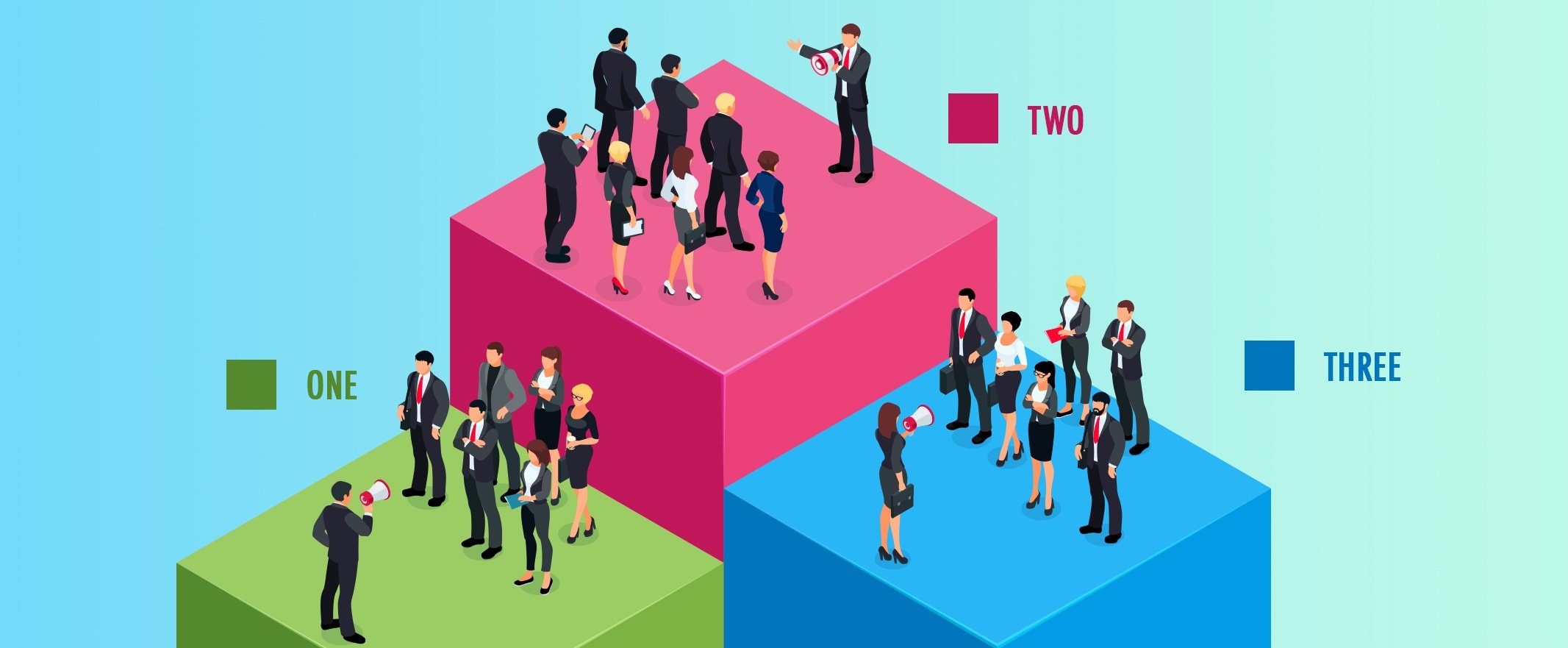In my last post, I outlined 3 things that the best companies do to maximize the impact of their employee recognition programs. Now, I’ll do the same for sales incentives.
But before I do, I’d like to point out that a lot has changed in a very short period of time. Traditional sales incentive contests (like the broader compensation plans they were designed to emulate) have long targeted tangible revenue results. This includes measures such as: total sales recorded, gross profit levels obtained, strategic combinations of products sold, key accounts seized, or markets penetrated.
Yet, as companies have become more sophisticated in their ability to target reps with more meaningful and more motivating scenarios, contests have come to rely on both observed value-building behaviors as well as sales-related metrics.
One thing that has remained consistent, however, is the utilization of non-cash awards. They continue to be the “go-to” currency for sales contests. All totaled, companies invested nearly $23B in them last year with the intent of motivating their rep populations to achieve better results.
With so much at stake it’s important to use such investments wisely and efficiently. Here are 3 things the best companies do to maximize their sales incentive contests.
1/ They segment for maximum impact
For some, the sales incentive paradigm dictates that only the top 20% or so should get rewarded for their achievements. But ignoring the rest leaves a lot of potential profits on the table. In fact, progressive companies have been able to coax better performance out of their teams by treating their entire sales force like a portfolio of investments that require different levels of attention.
Smart companies recognize the economic potential that exists within the entire sales population and take proactive steps to capture all of it. They segment both the objective and reward possibilities and do so across the complete spectrum of top performers, core contributors and, yes, even company laggards. They employ an incentive strategy that keeps top stars contributing; mid-level performers reaching for realistic goals and underperformers focused on corrective actions and/or new learning activities.
2/ They focus reps on behaviors as well as outcomes
Sales contests featuring non-cash are often more effective than those that offer only cash. Non-cash rewards have always been more flexible and far easier to implement. They have helped organizations to use the totality of their compensation resources in a manner that’s more strategic for the business and more meaningful for the rep.
When it comes to changing a rep’s approach to the marketplace or their conduct with customers, or even their communication with supporting personnel, know this: sales contests are an effective way to drive home desired behaviors. Unlike cash commission plans, they can be individualized, short-term focused and modified as new methods are mastered.
Maestro is an effective tool in that regard. The flexibility to set and reset both behavioral-based goals and/or tangible outcomes allows companies to strategically apply their non-cash resources in a more strategic manner.
3/ They tap into their reps’ competitive spirits
Salespeople are competitive by nature, so publicizing their excellent performance can go a long way toward motivating them. Whether or not you are focusing on a rep’s sales results, their improved methods or a combination of the two, publishing their progress is an effective tactic.
Sales leader boards, like the kind that can be easily configured within Maestro, tap into that competitive spirit. They allow sponsoring companies to publicize success, instill a sense of personal ownership and keep reps accountable to themselves and to each other.



